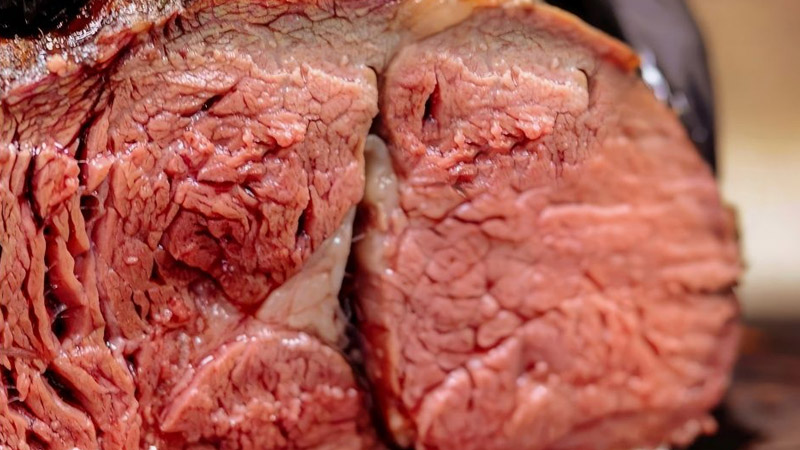When people realized that the crimson liquid that emerged from the steak wasn’t genuine blood, they were confused

(Getty)
The common misconception that rare steak appears “bloody” due to the presence of blood has been debunked. While many enjoy rare steak, others are put off by its pink center and the red fluid that seems to ooze out. However, this fluid isn’t blood at all.
There’s a widespread belief that the red liquid in undercooked steak is blood, leading to a preference for more well-done meat among some. But, this is a misunderstanding. The redness is actually due to myoglobin, a protein responsible for transporting oxygen in muscle tissue.
This protein turns red upon exposure to air or when the meat is sliced, and it becomes darker when heated. Therefore, a steak that seems “bloody” is simply cooked to a lower temperature, enhancing the myoglobin’s red hue, told HuffPost.
Jeffrey Savell, a Meat Science professor at Texas A&M University, explains that myoglobin levels vary depending on the animal’s muscle activity and age. This explains why certain cuts of meat, like turkey legs, are darker than others, such as turkey breasts. The legs have more active muscle tissue, hence more myoglobin.
Interestingly, the red color often seen in raw meat in stores isn’t its natural color. Initially, fresh cow meat is more purplish, turning cherry-red due to oxidation when exposed to air during packaging. Oxidation also causes red meat to brown after a few days, but this doesn’t indicate spoilage. While supermarkets might discount brown meat, Savell advises that it’s safe to eat if cooked promptly, as it’s likely been displayed for a few days.
Savell further clarifies that the appearance of “bleeding” in rare steak is due to its water content, about 70%. When this water mixes with myoglobin and other pigments, it creates a juice resembling diluted blood. He reassures, “It’s not blood.”




